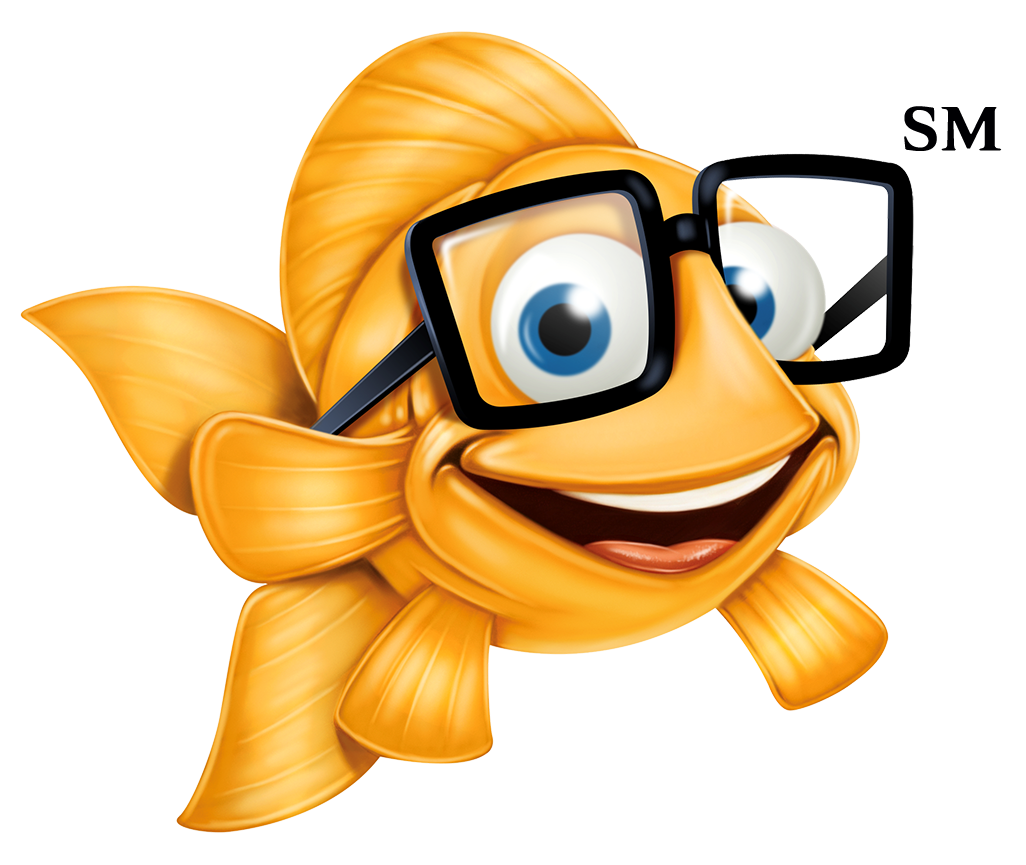Intellectual Property Insights from Fishman Stewart PLLC
Newsletter – Volume 23, Issue 21
Share on Social

Patenting Palate-Pleasers: Culinary Creations from Patents
By Paul M. Ratzmann
In the realm of culinary creativity, where flavors and techniques continually evolve, patenting food and food products holds a crucial place at the table. It serves as a foundation in the world of culinary invention, offering a means to safeguard and promote unique creations. This practice isn’t merely about protecting recipes and methods; it’s about nurturing creativity and ensuring that inventive minds can thrive in the competitive arena of the food industry.
Now, let’s explore the intriguing history of patenting food products and processes in the United States, with a focus on specific patents that have left their mark on the culinary world.
In 1926, E. Mandelbaum was granted US Patent USP 1600191, introducing an innovative roll that transformed the way we enjoy sandwiches. This edible roll was uniquely shaped to form a receptacle for enclosing a frankfurter, sausage, or other edible material, creating a distinctive sandwich experience.
The year 1931 witnessed another culinary revolution with C. Doering’s US Patent USP 1797856. This groundbreaking invention transformed the production of baked loaves, such as bread and cake. Each slice now contained a slice of meat, cheese, fish, or another substance, resulting in individual sandwich loaves with sterilized fillings.
Moving forward to 1940, Harry Lewis’s US Patent USP 2217282 introduced the use of redwood smoke for smoking meat. This innovative approach enhanced flavor while minimizing color formation and molding, opening up new possibilities for preserving and flavoring meat.
In 1966, Harland Sanders (yes, THE Colonel Sanders) secured US Patent USP 3245800, a culinary masterpiece that changed the fried chicken game. His patented method involved coating raw chicken pieces, immersing them in liquified cooking fat, and rapidly reducing the temperature, resulting in the iconic and flavorful fried chicken.
By 1972, Donald F. Allen’s US Patent USP 3656968 introduced a novel process for preparing sandwiches. This method involved a unique approach to creating a filling in a thin-walled bun, ensuring that flavoring materials were in direct contact with the filling, elevating the overall taste experience.
In 1977, William H. Burkhart’s US Patent USP 4048473 brought a cylindrical food cooking machine with liquid impervious walls and temperature control to the culinary world. This invention offered an innovative approach to cooking various foods, enhancing efficiency and quality.
The early 1980s saw Gene and Flora Giordano’s US Patent USP 4283431, which introduced a method for creating a multi-layer pizza-type product. This innovation expanded the possibilities for pizza enthusiasts, adding layers to traditional pizza.
By 1985, Karl Schmidt and Eugene Luoma secured US Patent USP 4551337, revolutionizing pizza creation. Their patented method involved forming perforations in a pizza dough sheet, frying it, and then topping it with sauce and other ingredients, resulting in a unique and flavorful pizza experience.
The 1990s brought further innovations, as Fabrizio Bottero’s US Patent USP 5114724 showcased multi-colored pasta pieces with striking patterns, adding visual appeal to pasta dishes.
These selected patents exemplify the diverse and ever-evolving world of culinary invention. They reflect the creative spirit of their inventors and highlight the role of intellectual property protection in shaping the culinary landscape.
Paul Ratzmann is a partner at Fishman Stewart and a registered patent attorney, practicing in many technology fields. As an engineer, before he became a patent attorney, Paul was an inventor and is listed on eleven US patents, such as the one listed here.
Related Content from Fishman Stewart
Car enthusiasts are buzzing about Alfa Romeo's latest SUV which is also its first EV (plus a hybrid option). Initially branded as “Milano,” the name was changed to "Junior" after it was announced that the car would be produced in Poland.
The online word game Wordle was created in 2021 by Josh Wardle and quickly rose in popularity. Players receive a new puzzle daily with six chances to correctly guess a five-letter word of the day with limited clues.
In a recent decision, the U.S. Court of Appeal for the Eighth Circuit affirmed a jury verdict holding that the use of the "Success Kid" meme by a congressman's reelection campaign for fundraising purposes did not qualify as fair use.
In February 2024, proposed legislation was introduced in US House of Representatives which would extend copyright protection to golf courses. The bill is titled “Bolstering Intellectual Rights against Digital Infringement Enhancement Act” or the “BIRDIE Act”.
OpenAI recently held a live demonstration of a new ChatGPT version that included the use of an AI personal assistant voice dubbed “Sky.” Many observers compared Sky to Scarlett Johansson’s voice in the 2013 Spike Jonze romantic sci-fi film “Her,” which centers on a man who falls in love with the female voice of his computer’s operating system.
June is Pride Month, which honors the 1969 Stonewall Uprising in Manhattan and recognizes the impact that lesbian, gay, bisexual, and transgender (LGBTQ+) individuals have had on history locally, nationally, and internationally. The United States Patent and Trademark Office flies the Pride Flag and promotes the Pride community’s contributions with programming offered annually.
First-time inventions have led inventors to great successes throughout history, sometimes immediately, sometimes after several more attempts at more useful inventions. In the U.S., two very famous inventors with contrasting first-time experiences are Thomas Edison and Alexander Graham Bell.
June is Pride Month. This year we are celebrating with some IP tips for drag performers! Drag performers can protect their intellectual property by registering the copyrights in their original works of music, choreography, and comedy sketches.
Bands often start out as creative endeavors among friends, and bands may not prove lucrative for many years, if at all. Until bands break up, thought and planning may not be given to who is the owner of the band names and entitled to use them going forward.
You’re rarely more than a few yards from Finny’s favorite chips, semiconductor chips to be precise. But what exactly is a semiconductor chip?
IDENTIFYING, SECURING AND ADVANCING CREATIVITY®
















